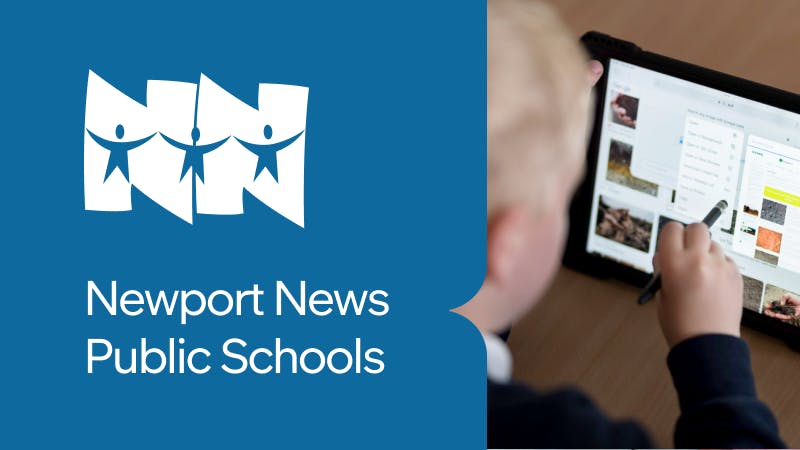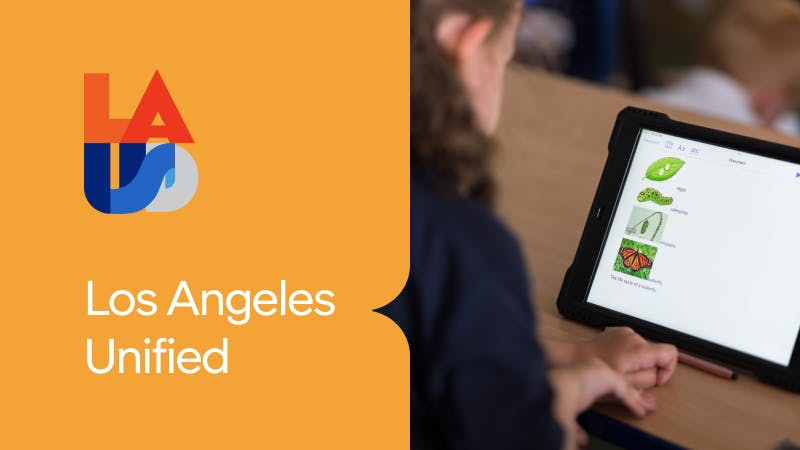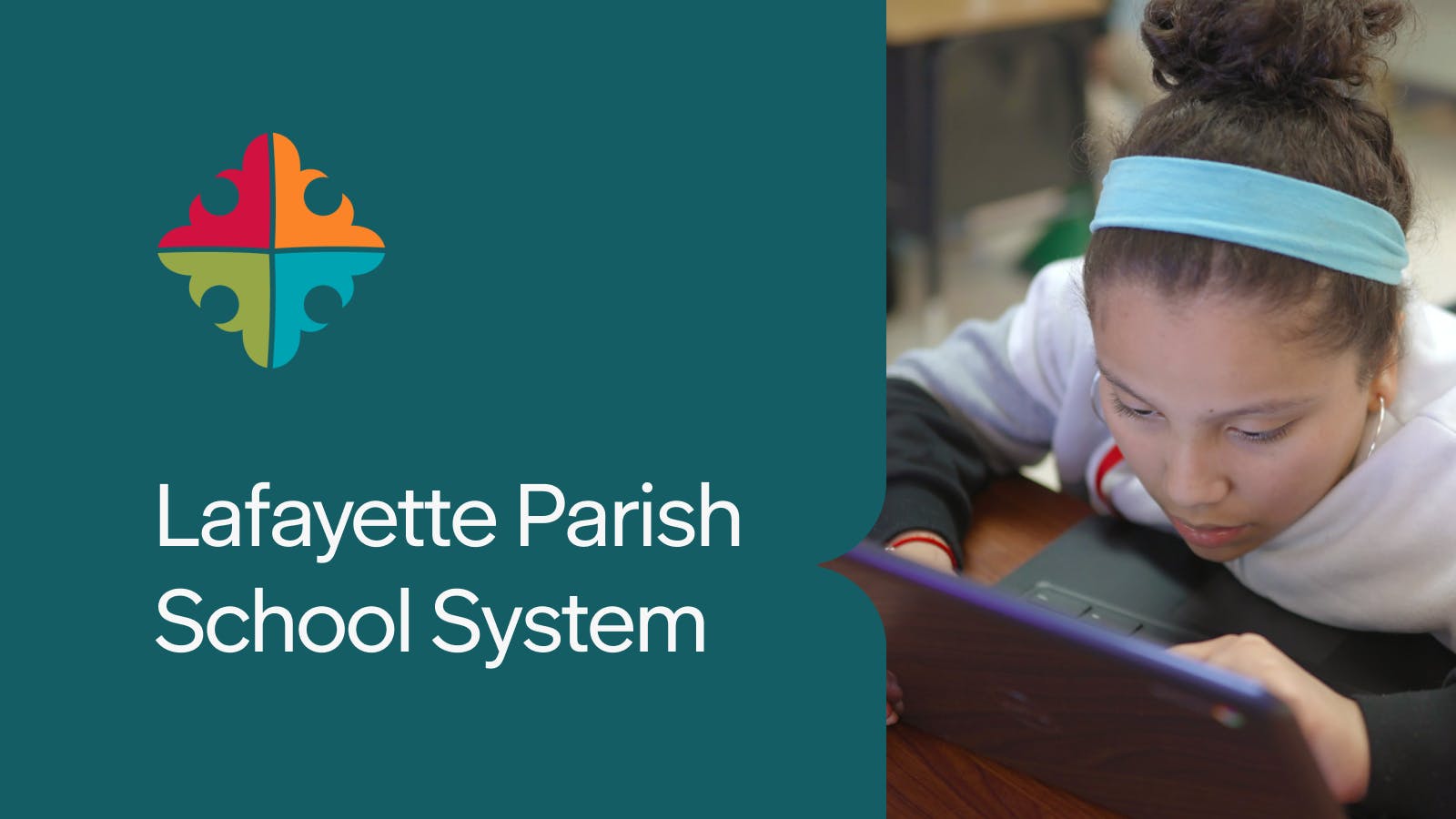Before implementing Everway’s Unique Learning System (ULS), Newport News Public Schools (NNPS) did not have a curriculum for students with moderate to severe disabilities and autism. Teachers were left to create their own materials for lessons.
“The challenge to develop lessons that provided exposure to the same information as their grade-level peers was difficult and time consuming for our teachers,” said NNPS assistive technology coordinator Donna Waldman.
NNPS educates over 29,000 students and serves more than 4,000 students with disabilities.
Training and professional development
The district’s assistive technology coordinator used Everway’s online video tutorials and archived webinars to train teachers to use ULS. The district recently brought in trainers from Everway to provide in-person training to district teachers.
Lessons learned
NNPS offers the following recommendations for other districts considering a switch to ULS for their special education programs.
Hold mandatory training
While NNPS provides training sessions on ULS, they are not mandatory for teachers to attend. NNPS has developed some alternative types of training to increase discussion and participation.
Waldman said: “It is important to have teachers utilize the online webinars and ‘how to’ videos provided by Everway and then engage in discussion via online Communities of Practice to ensure effective use of ULS district-wide.”
Use teacher trainers
Teachers who are more experienced and comfortable using ULS should lead training and demonstrations for their peers.
Taking advantage of teachers’ experience provides a powerful means to build support for the program and guides a better understanding of how to use ULS within the classroom, Waldman said.
Provide tiered support
Make a distinction between the assistive technology and instructional teams. Give the assistive technology team responsibility for helping implement ULS consistently, and ensure teachers have the right resources to give their students access.
Finally, assign a separate team of administrators or others to ensure teachers are using the solution in their classrooms.
It is important to have teachers utilize the online webinars and ‘how to’ videos provided by Everway... to ensure effective use of ULS district-wide."
Outcomes for students and teachers
With ULS, NNPS has seen increased student engagement in the classroom and a reduced need for special education teachers to develop or adapt curricula on their own.
Teachers have become more proficient at using all the solution’s tools. They’re especially enthusiastic about ULS’s Goals, Preferences and Skills (GPS) data collection and student assessment component, which tracks student, classroom and program goals and helps teachers monitor what their students are learning.
Administrator and teacher response
NNPS administrators and teachers have come to depend on ULS’s GPS. Teachers appreciate how easily ULS generates reports, enabling them to fulfill administrators’ requests for data with the touch of a button.
In addition to the GPS, NNPS staff say ULS’s alignment with Virginia state standards and its three levels of differentiated instruction to accommodate a diversity of learners are key advantages in their classrooms.
These features are why NNPS views its implementation as successful. The district says it has achieved the goals it set out to meet 10 years ago when ULS was first introduced.
NNPS has seen increased student engagement in the classroom and a reduced need for special education teachers to develop or adapt curricula on their own.
Enhancing student achievement
According to NNPS, ULS impacts student achievement in several ways:
- Provides comprehensive access to the general education curriculum for students with moderate to severe disabilities, for whom the district previously had no appropriate curriculum materials.
- Delivers age-appropriate, standards-based materials in three levels of differentiated instruction so that students with significant disabilities can learn at their own level. No further need to cobble together materials.
- Aligns with Virginia state standards, contributing to improved student pass rates on the state alternate assessment.
- Provides teachers and staff with lesson plans and curricular support to help them deliver high-quality instruction to all students.
Improving student outcomes
Assessments in ULS empower the district’s special educators to:
- Monitor student progress and growth. Teachers and administrators now can see the tangible results of increased student engagement in the classroom.
- Track progress using monthly checkpoints, benchmark assessments and daily performance to gain insight into how students are meeting individual IEP and classroom goals.
- Provide administrators with a view of how teachers are using the solution so they know what kind of additional staff support is needed
Demonstrated growth in NNPS
Students n2y’s internal assessments measure student progress over the course of an academic year. All data herein was provided by Everway. To determine growth, the following data and filters were used:
• All test scores, all grades, all levels
• Word Recognition Levels 2 & 3
• Reading Levels 2 & 3
• Math Levels 2 & 3
• Level 1 appropriate tests (this showcases students requiring Level 1, most intensive supports)
Overall results
Average post-test Checkpoint scores indicate an overall 12.08% increase in accuracy for students across grade bands and subject areas requiring support at Levels 1 through 3, indicating that scores are improving with the use of ULS. On average, there was a 15.91% yearly increase between pre-test and post-test scores.
Word recognition Levels 2 and 3
Average post-test Checkpoint scores indicate an overall 20.93% increase in accuracy in word recognition for students requiring Level 2 and Level 3 support. There was, on average, a 7.89% yearly increase between pre-test and post-test scores.
Reading Levels 2 and 3
Average post-test Checkpoint scores indicate an overall 12.77% increase in accuracy in reading for students requiring Level 2 and Level 3 support. There was, on average, a 14.26% yearly increase between pre-test and post-test scores.
Math Levels 2 and 3
Average post-test Checkpoint scores indicate an overall 10.05% increase in accuracy in Math for students requiring Level 2 and Level 3 support. There was, on average, a 10.88% yearly increase between pre-test and post-test scores
Level 1 tests
Post-test Checkpoint scores indicate, on average, a 25.04% yearly increase between pre-test and post-test scores for students requiring Level 1 supports (most intensive supports).



